My HDD is running low on space, so while organizing files I accidentally emptied the recycle bin without noticing. The data isn’t important enough to pay for professional recovery, but I’d appreciate recommendations for free file recovery software.
ーReddit💡 Summarize with AI:
If you accidentally delete important data or lose data due to unexpected problems, free data recovery software can be a powerful ally. However, with so many products available, many people may wonder, “Which one is really the best?” Here, we will introduce five free recovery software programs that are highly rated for their recovery rates and can be used with confidence even by beginners.
Part 1. What Is Free Data Recovery Software
Data recovery freeware is free software that recovers data from accidentally deleted files, formatted drives, and damaged storage devices.
When handling digital data, you may encounter the following situations:
- Accidental deletion: Accidentally deleted important photos or documents.
- Formatting:Accidentally clicked “Yes” when prompted “Do you want to format?”
- Emptying the recycle bin:Emptied the recycle bin even though it contained necessary files.
- Hardware failure:HDD or SD card suddenly became unrecognizable.
Deleted data is not completely lost. It may be possible to recover it using the appropriate tools. However, the recovery rate decreases over time, so it is important to take action quickly.
How 4DDiG Free Data Recovery Program Works
When a file is deleted, the actual data is not immediately deleted—the operating system simply marks the file's location as “available space,” and that space remains recoverable until it is overwritten by new data.
Part 2. Top 5 Best Free Data Recovery Software
As of 2025, we have ranked the best free data recovery software, which has been carefully selected based on recovery rate, ease of use, and breadth of coverage.
1.4DDiG Free Data Recovery
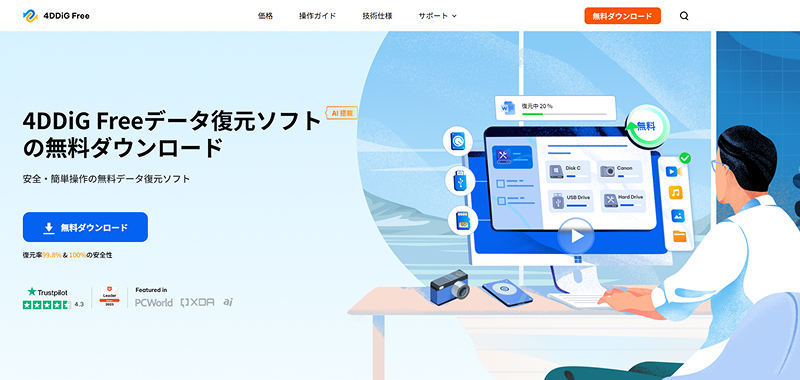
4DDiG Free is widely regarded by users as the leading free data recovery software. Its greatest advantage lies in the perfect balance of three key elements: high recovery rate, intuitive usability, and support for various file formats. This solution, provided by the trusted and proven Tenorshare company, will be your reliable ally in addressing any data loss incidents.
Pros:
- Intuitive and easy-to-use interface
- Supports over 2,000 file formats
- Supports both fast scanning and deep scanning
- Preview function allows you to check files before recovery
- Fully compatible with Windows 11/10/8.1/8/7
Cons:
- Free version has a 2GB limit.
2. Recuva

Developed by Piriform, a company with a long track record, Recuva is a free software that allows you to quickly and easily restore deleted files from removable devices such as PCs and USB memory sticks. Despite its simple and intuitive operation, its powerful restoration capabilities are highly regarded by many users. It is a powerful tool that even beginners can use to recover important data without confusion.
Pros:
- Completely free with no restrictions.
- Lightweight, portable version available with no installation required.
- Simple and easy-to-understand wizard format.
- High-speed scanning function.
Cons:
- Limited deep recovery functionality
- Few supported file formats
- Weak with specialized files such as RAW files
3.PhotoRec
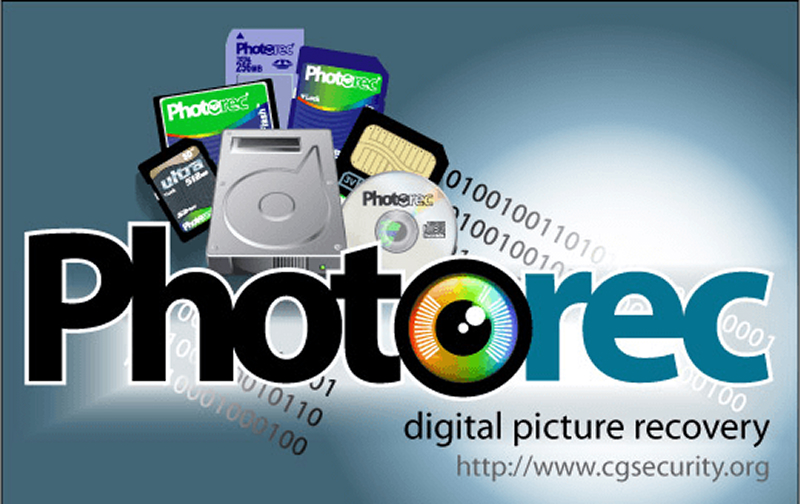
PhotoRec is free, open-source file recovery software. It is designed to recover all types of lost files, such as photos, videos, and documents, from various media, including hard disks and CD-ROMs. However, it requires command line operation, so it may be a little difficult for beginners.
Pros:
- Completely free and open source.
- Compatible with Windows, Mac, and Linux.
- Deep-level recovery possible.
- File system-independent recovery.
Cons:
- Difficult for beginners to use command line operations
- No preview function
- File names and hierarchical structures are not restored
4.Disk Drill (free version)
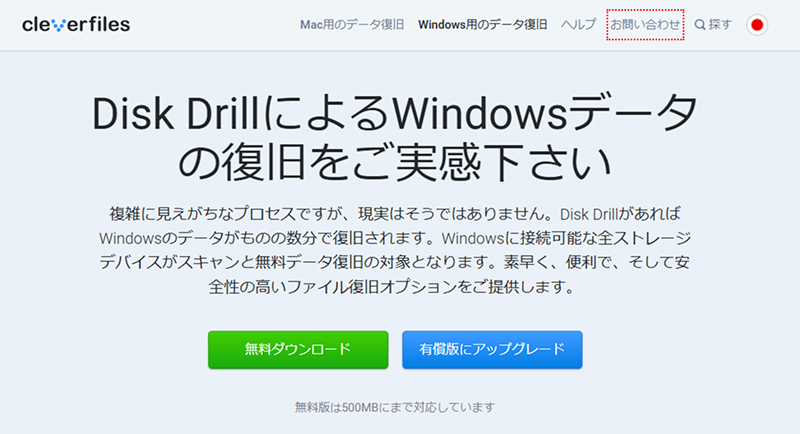
Developed by CleverFiles, Disk Drill is a free data recovery software that combines a professional look with high recovery capabilities. Even the free version offers basic recovery functions and an intuitive interface that even beginners can use without confusion. One particularly attractive feature is the ability to preview accidentally deleted data before recovery.
Pros:
- Modern and beautiful interface
- Supports various file formats
- Preview function included
- Additional data protection features
Cons:
- Free version has a 500MB limit.
- Some advanced features are only available in the paid version.
- Scanning speed is somewhat slow.
5.Pandora Recovery
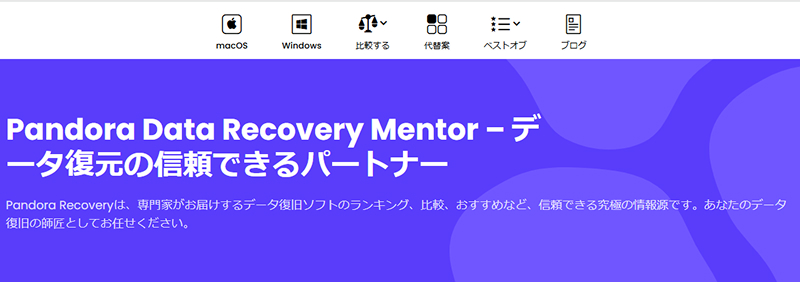
Pandora Recovery is a high-performance, free data recovery software that supports the major file systems NTFS and FAT32. Designed to quickly and reliably recover accidentally deleted files from these systems, which are used on Windows PCs and many storage devices, it features a simple interface that allows anyone to recover important data without confusion.
Pros:
- Completely free
- Simple operation
- Lightweight and does not consume system resources
Cons:
- Development has been discontinued and only supports older operating systems.
- Supported file formats are limited.
- Does not support the latest storage technologies.
- Features
- 4DDiG Free
- Recuva
- PhotoRec
- Ease of use
- Easy
- Easy
- Complex
- Recovery rate
- 99%
- 85%
- 90%
- Supported file formats
- 2000+
- 300+
- 480+
- 400+
- Free limit
- 2GB
- Unlimited
- Unlimited
- 500MB
Part 3. How to Choose Free Data Recovery Software: Comparison Points
When choosing free data recovery software, it is important to consider the following points:
High recovery rate
The most important factor is the probability of actually recovering the data. The higher the recovery rate of the software, the higher the probability of recovering lost files.
- Does it have a deep scan function?
- Does it support a wide range of malware patterns?
- Does it support the latest file systems?
Wide range of supported file formats
Check whether the software supports the types of files you want to recover, such as photos, videos, documents, and audio files.
Ease of use
Choose software with an intuitive interface so you can perform recovery tasks without stress.
Safety and reliability
When choosing data recovery software, it is important to choose software from a reliable developer that does not contain viruses or malware.
Part 4. Tips for Increasing The Success Rate of Data Recovery
Keep the following important points in mind to successfully recover data using free data recovery software:
Quick response is key
Once data is deleted, starting the recovery process as soon as possible is the key to success. The more time passes, the higher the risk of other data overwriting the deleted data.
Recovery procedure
Do you want to recover important data but feel that the process is too complicated? Don't worry. 4DDiG Free is designed to be intuitive even for beginners. In this section, we will explain how to recover data in just three steps, with easy-to-follow screen instructions.
-
After installing and launching the free data recovery software 4DDiG Free, select “Hard Drive” on the home screen. Click “Scan.” (Initially, you get 500MB free, and you can get an additional 1.5GB of free recovery space by sharing on social media.)
-
After a short wait, all files in the specified location will be displayed. A preview function is available before restoration. You can preview various files such as photos, videos, movies, audio, music, and documents.
-
Click “Restore” at the bottom right, select the save location for the restored files, and consider saving them to cloud storage such as OneDrive, Google Drive, or Dropbox.
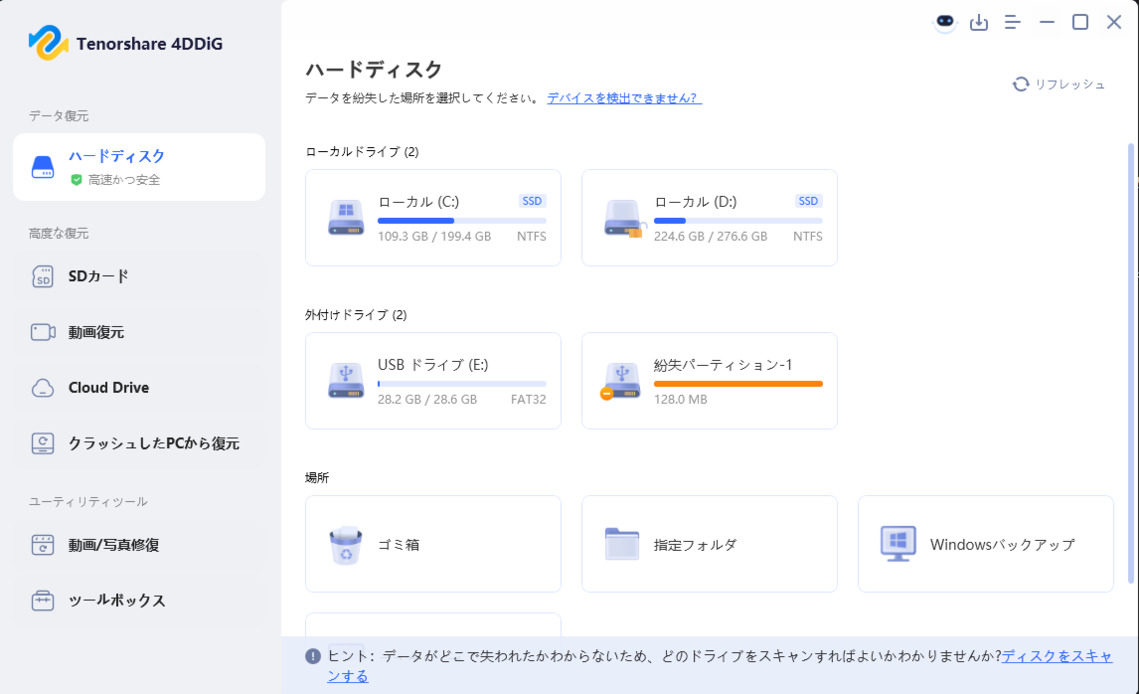

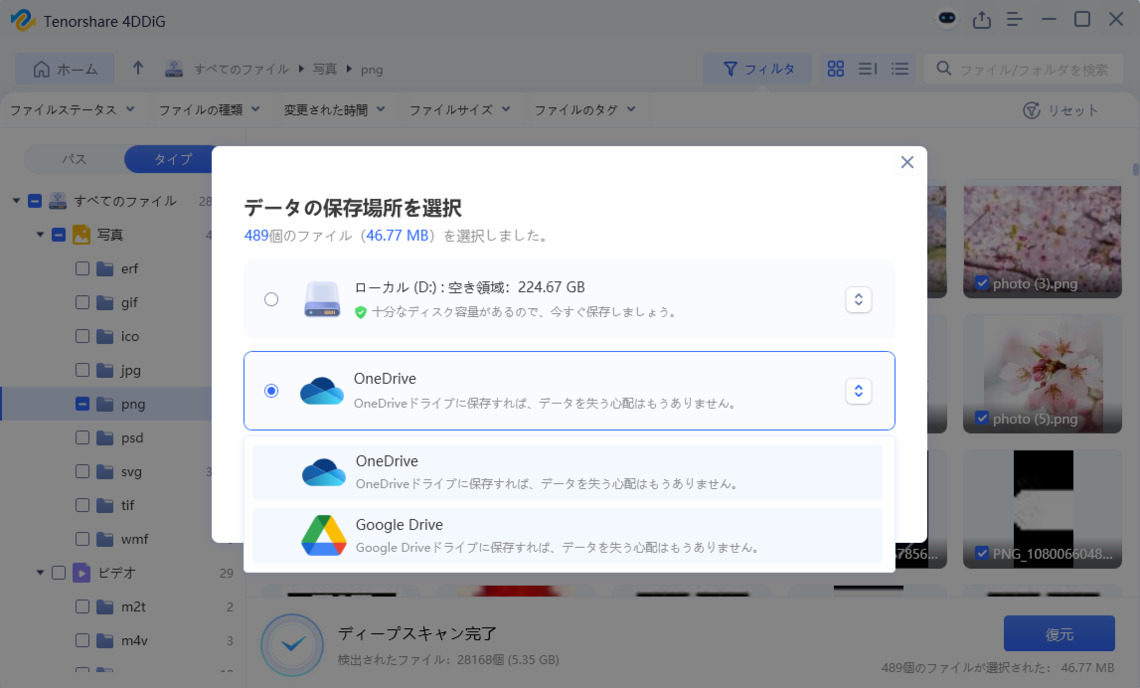
Additional tips for increasing the success rate of recovery
- Use deep scan mode to search for files more thoroughly.
- Try multiple recovery software programs (each program has its own strengths).
- Use the file name search function.
- Check the condition of the file using the preview function before recovery.
- Get into the habit of making regular backups.
Frequently Asked Questions
Yes, it is possible. Deleted files are not immediately and completely erased, and can be recovered until they are overwritten by new data. However, the longer the time between deletion and recovery, the lower the recovery rate, so it is important to perform recovery operations as soon as possible after discovery.
The main difference is the limit on the amount of data that can be recovered. The free version generally has a limit of 100MB to 500MB, while the paid version has no limit. In addition, the paid version may offer technical support, advanced recovery features, and support for more file formats.
With SSD, the TRIM command makes it highly likely that deleted data will be physically erased, making recovery more difficult than with conventional HDDs. However, recovery is not impossible immediately after deletion. Regular backups are especially important for SSD users.
The program may freeze during long deep scans. First, please wait for a sufficient amount of time (several hours). If there is still no response, force quit the program, restart your computer, and try restoring again. If possible, we recommend using a computer with sufficient memory capacity.
Summary
Accidental data deletion and drive corruption are problems that can happen to anyone. The key is to quickly use the right free recovery software.
Here are our top recommendations for 2025:
- For overall performance:4DDiG Free - Offers the best balance of ease of use and recovery rate
- For complete free use:Recuva - Provides unlimited access to basic recovery functions
- For advanced users: PhotoRec - Enables advanced recovery via command line
Prevention is more important than data recovery. By getting into the habit of making regular backups, you can significantly reduce the risk of data loss.
You may also like
💡 Summarize with AI:
 ChatGPT
ChatGPT
 Perplexity
Perplexity
 Google AI Mode
Google AI Mode
 Grok
Grok